Lot details Unsigned Japan, 19th century, Edo period (1615-1868) The copper netsuke of classic saddle (kura) shape, attractively patinated, a single himotoshi lined in shibuichi to the base. LENGTH 3 cm Condition: Possibly some inlays lost, the surface with wear and tiny nicks. Provenance: Collection of Robert and Isabelle de Strycker, acquired from the above. An old collector’s label, ‘N 329 ker.’ Robert de Strycker (1903-1968) was a French engineer who specialized in metallurgy. He was a Stanford graduate, a professor at the University of Leuven, a director of the Institute of Metallurgy at the Université Catholique de Louvain, and one of the most influential members of the faculty of applied sciences. After World War II, he made large contributions to France’s post-war recovery. Robert and his wife Isabelle (1915-2010) first encountered Chinese art at the British Museum during a stay in London in the 1930s. Enamored with the style and beauty, they both decided to study and collect Japanese and Chinese works of art. In 1938 they eventually began to build their collection, buying from Belgian, Parisian, and English dealers. They kept close contact with the famous English collector Sir Harry Garner (1891-1977) and noted Czech collector and expert Fritz Low-Beer (1906-1976). In 1964, the couple lent 174 objects from their collection to the Belgian city of Leuven’s museum for an exhibition titled Oude kunst in Leuvens Privébezit (‘Old Art in Private Collections in Leuven’), and in 1967 they lent around thirty Japanese objects to the Royal Museums of Art and History in Brussels for their exhibition Kunst van Japan im belgischen Privatverzameingen (‘Japanese Art in Belgian Private Collections’). Netsuke made of iron and soft metals were produced by the same artisans who created sword fittings. Their skill was at a very high level to that expected by the Samurai patrons.
Lot details Unsigned Japan, 19th century, Edo period (1615-1868) The copper netsuke of classic saddle (kura) shape, attractively patinated, a single himotoshi lined in shibuichi to the base. LENGTH 3 cm Condition: Possibly some inlays lost, the surface with wear and tiny nicks. Provenance: Collection of Robert and Isabelle de Strycker, acquired from the above. An old collector’s label, ‘N 329 ker.’ Robert de Strycker (1903-1968) was a French engineer who specialized in metallurgy. He was a Stanford graduate, a professor at the University of Leuven, a director of the Institute of Metallurgy at the Université Catholique de Louvain, and one of the most influential members of the faculty of applied sciences. After World War II, he made large contributions to France’s post-war recovery. Robert and his wife Isabelle (1915-2010) first encountered Chinese art at the British Museum during a stay in London in the 1930s. Enamored with the style and beauty, they both decided to study and collect Japanese and Chinese works of art. In 1938 they eventually began to build their collection, buying from Belgian, Parisian, and English dealers. They kept close contact with the famous English collector Sir Harry Garner (1891-1977) and noted Czech collector and expert Fritz Low-Beer (1906-1976). In 1964, the couple lent 174 objects from their collection to the Belgian city of Leuven’s museum for an exhibition titled Oude kunst in Leuvens Privébezit (‘Old Art in Private Collections in Leuven’), and in 1967 they lent around thirty Japanese objects to the Royal Museums of Art and History in Brussels for their exhibition Kunst van Japan im belgischen Privatverzameingen (‘Japanese Art in Belgian Private Collections’). Netsuke made of iron and soft metals were produced by the same artisans who created sword fittings. Their skill was at a very high level to that expected by the Samurai patrons.

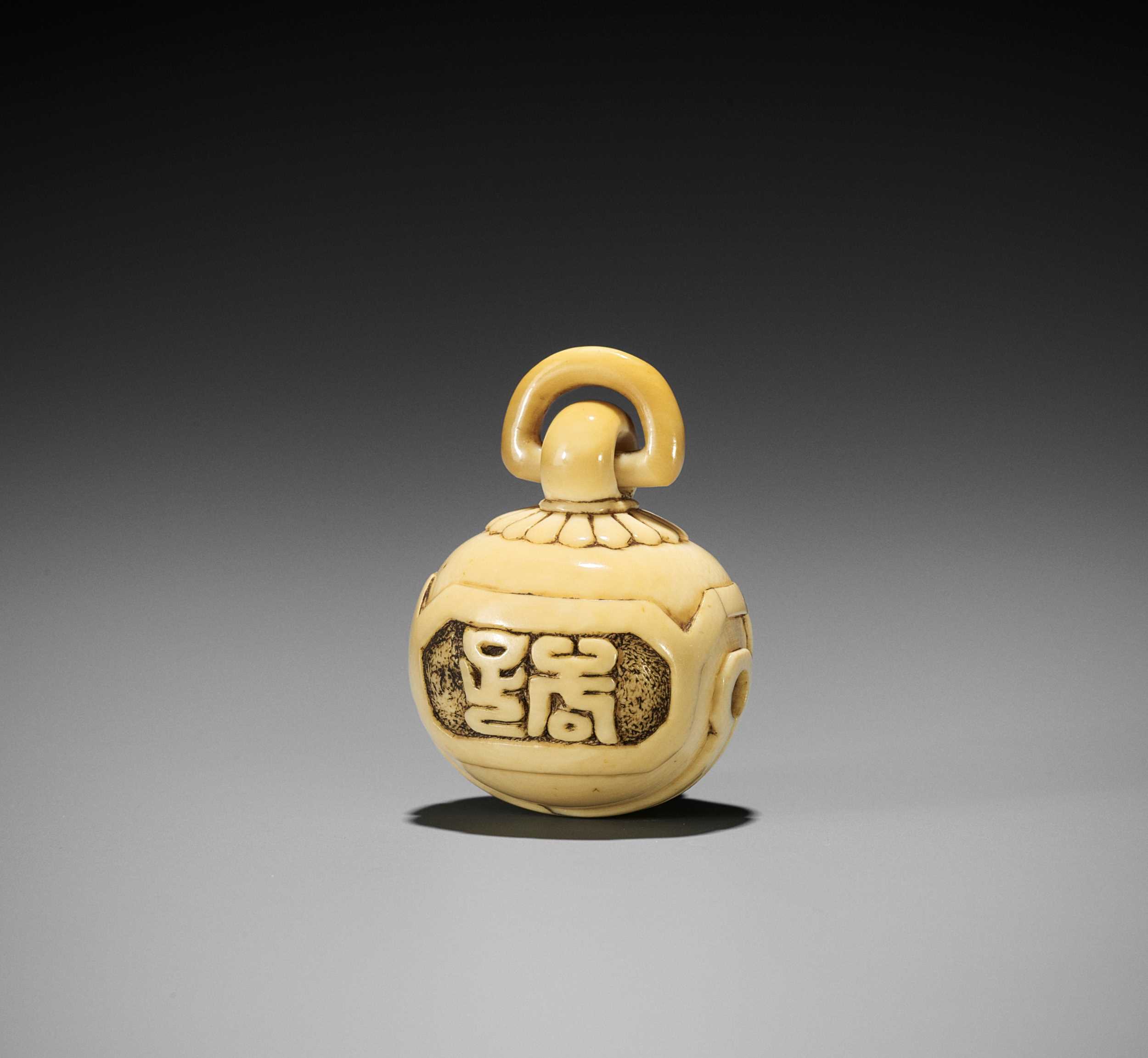
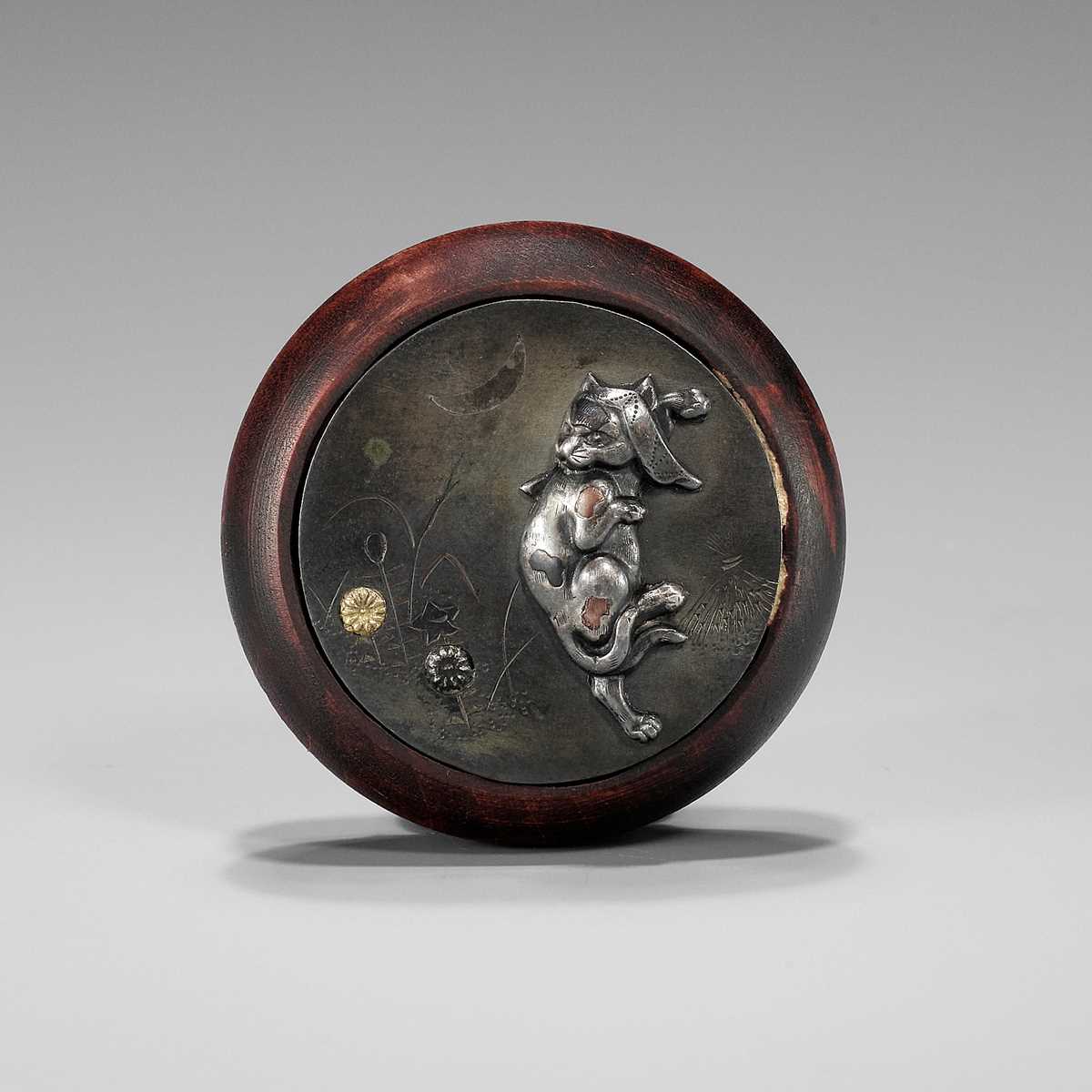
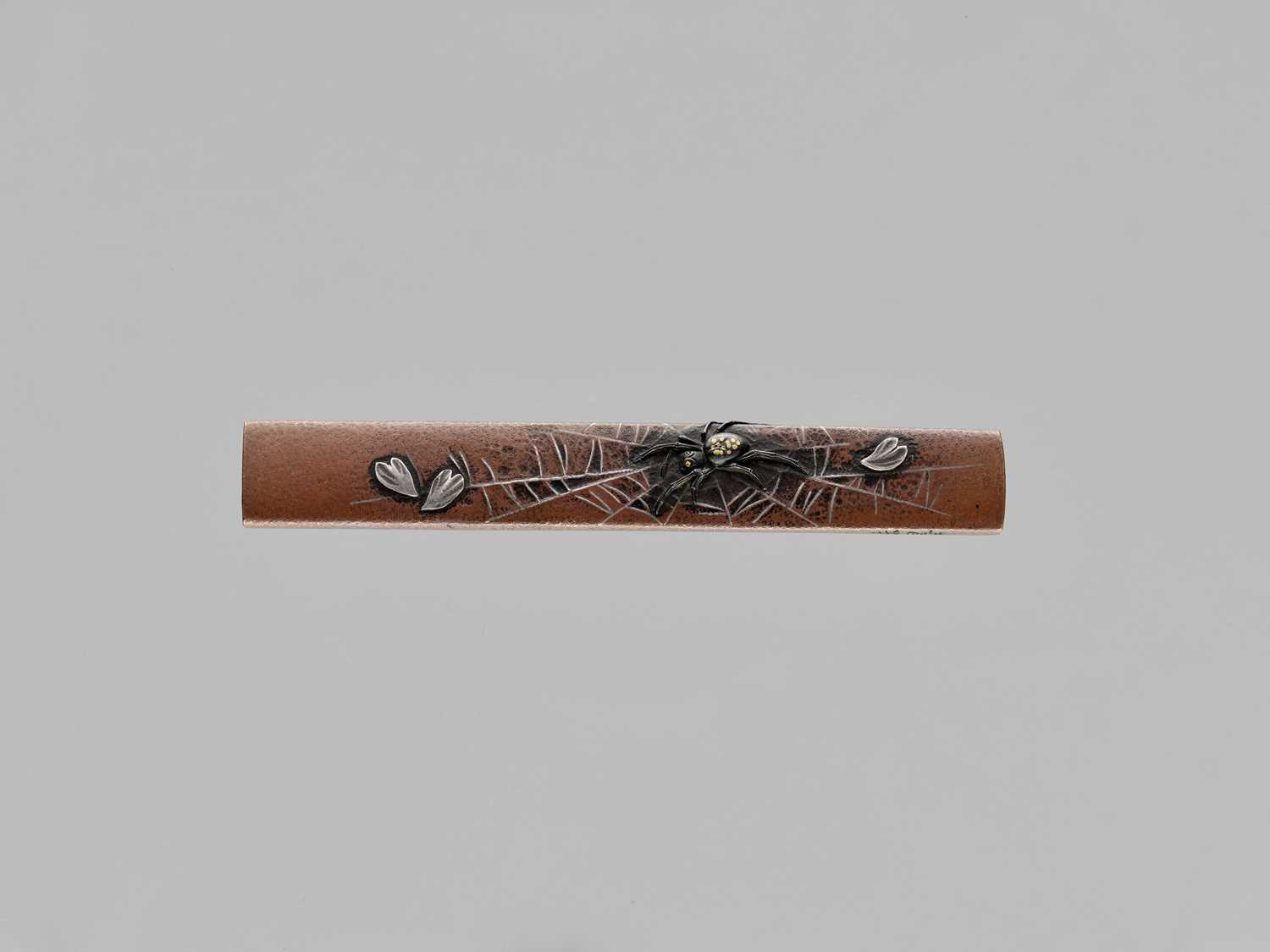



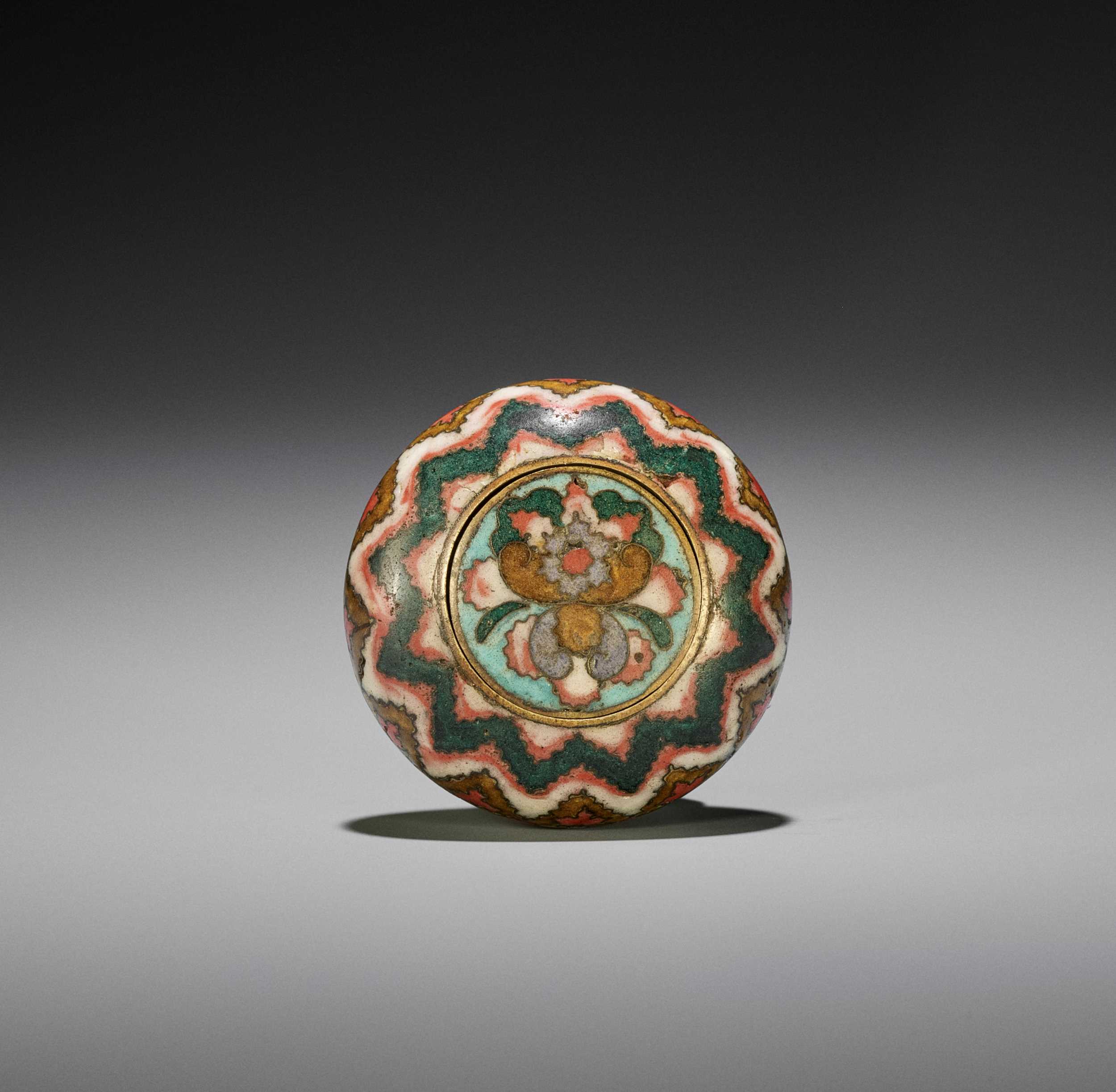

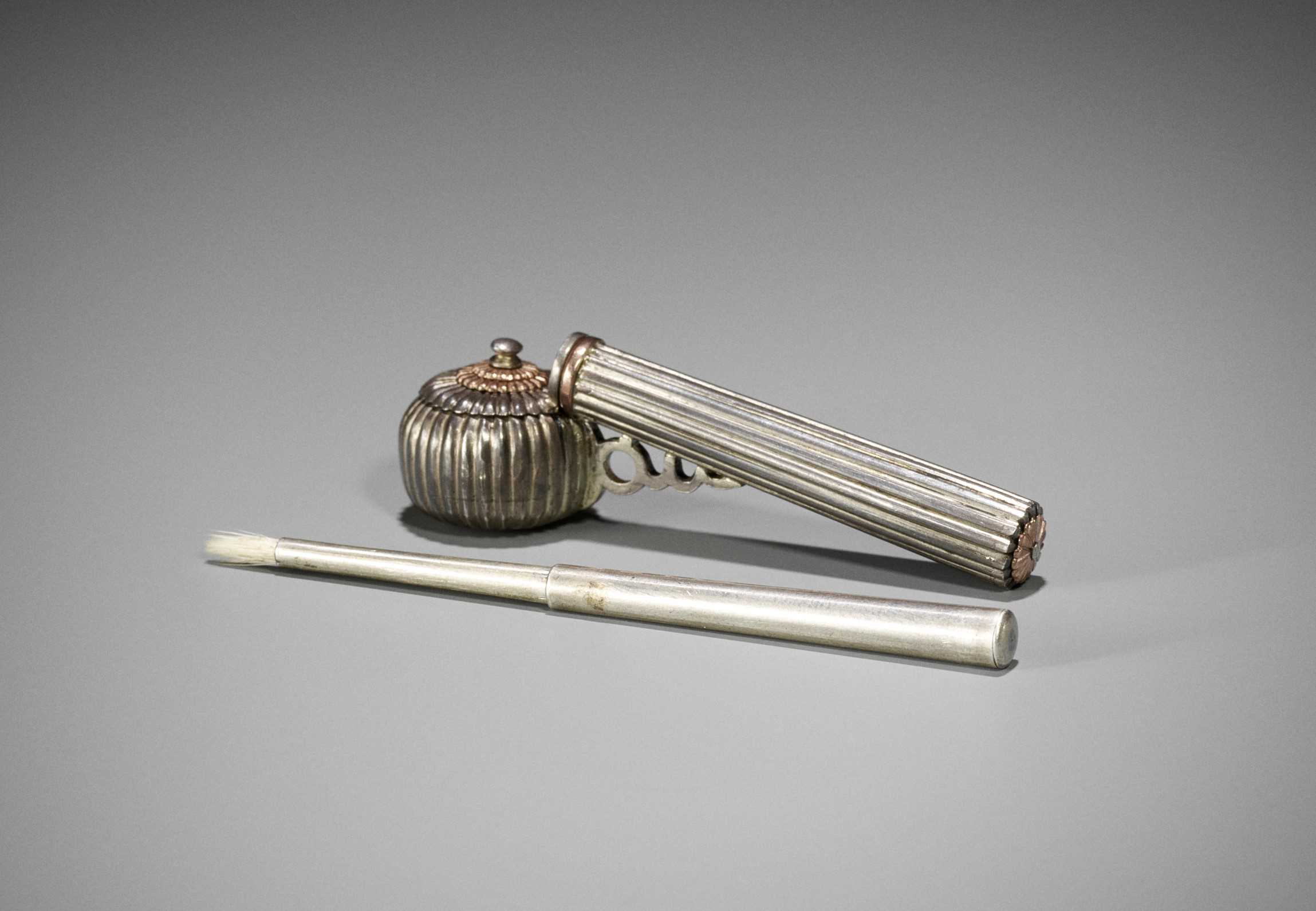


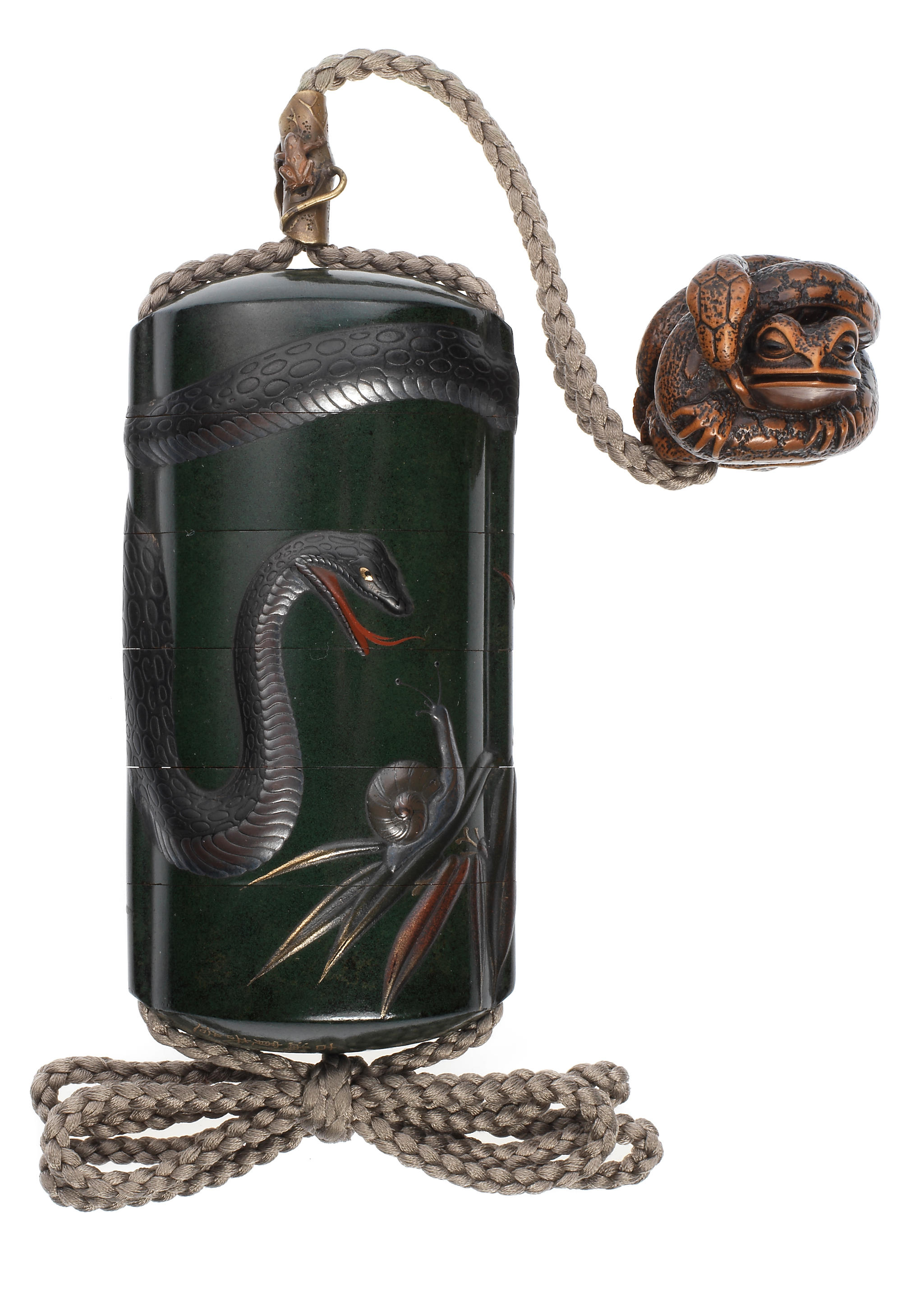
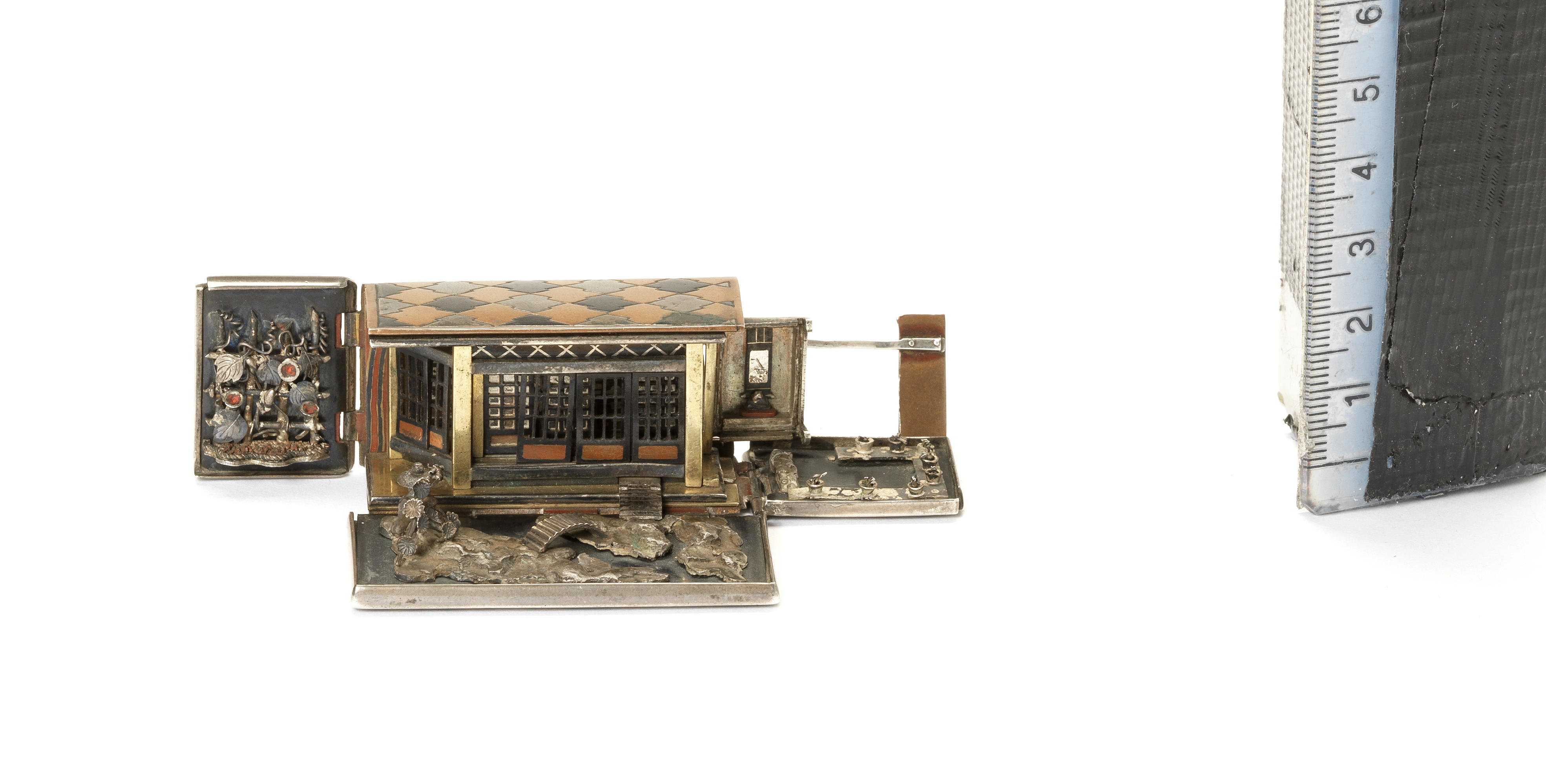
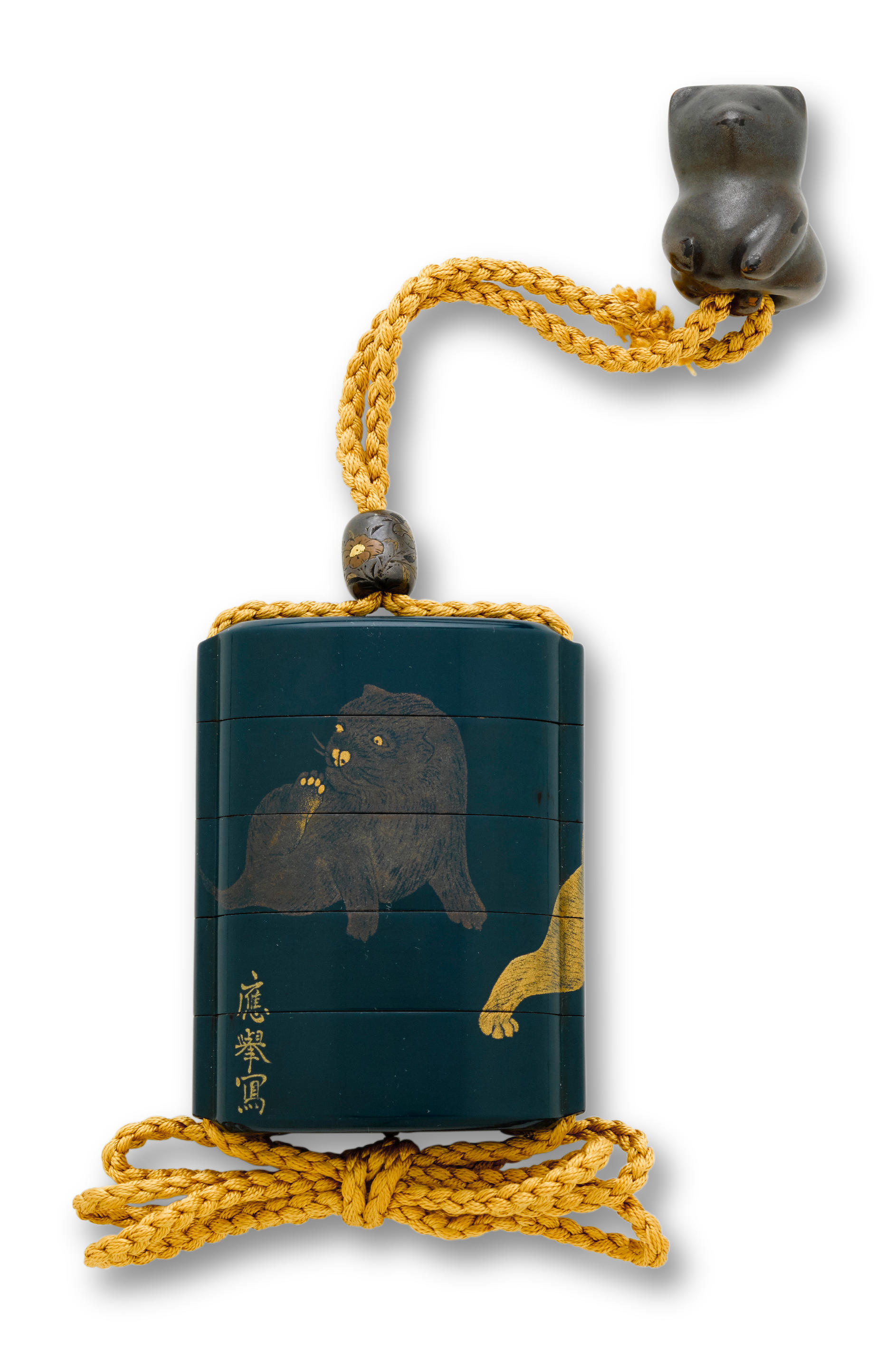
Testen Sie LotSearch und seine Premium-Features 7 Tage - ohne Kosten!
Lassen Sie sich automatisch über neue Objekte in kommenden Auktionen benachrichtigen.
Suchauftrag anlegen